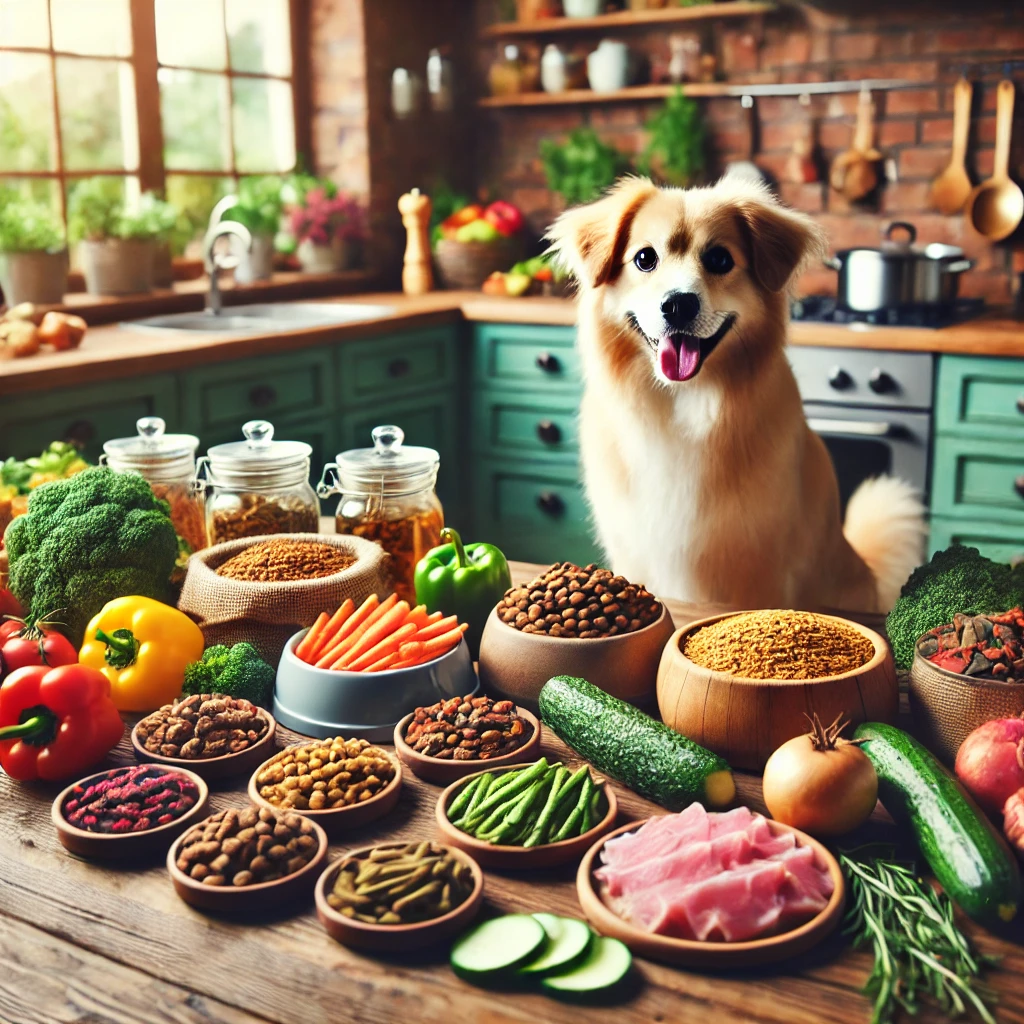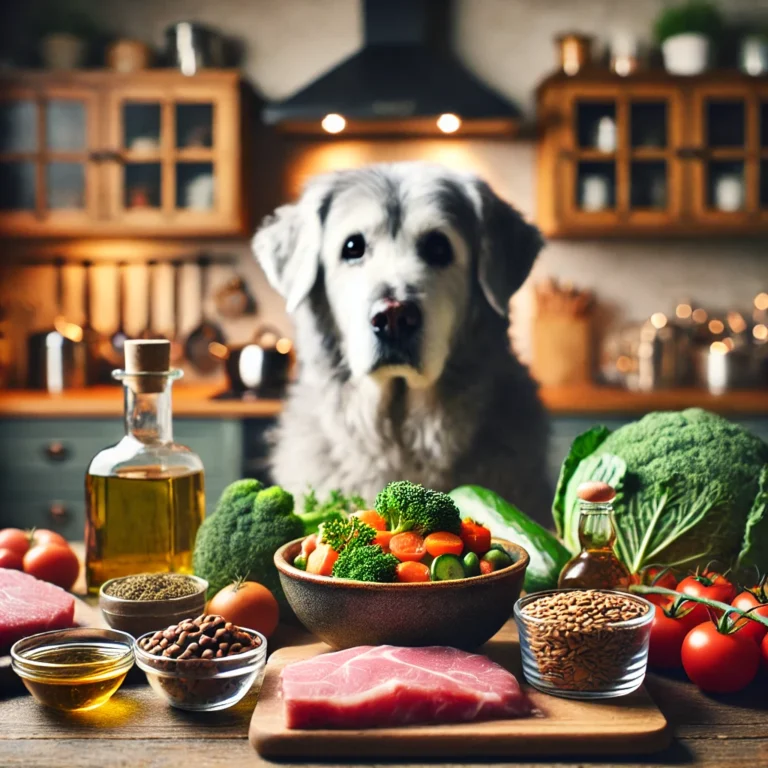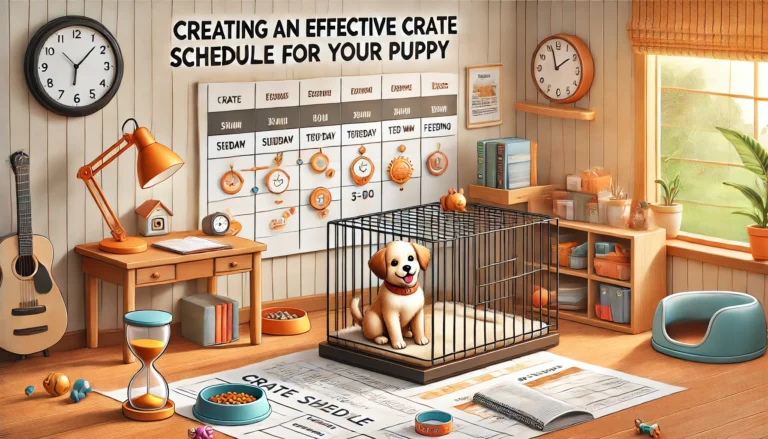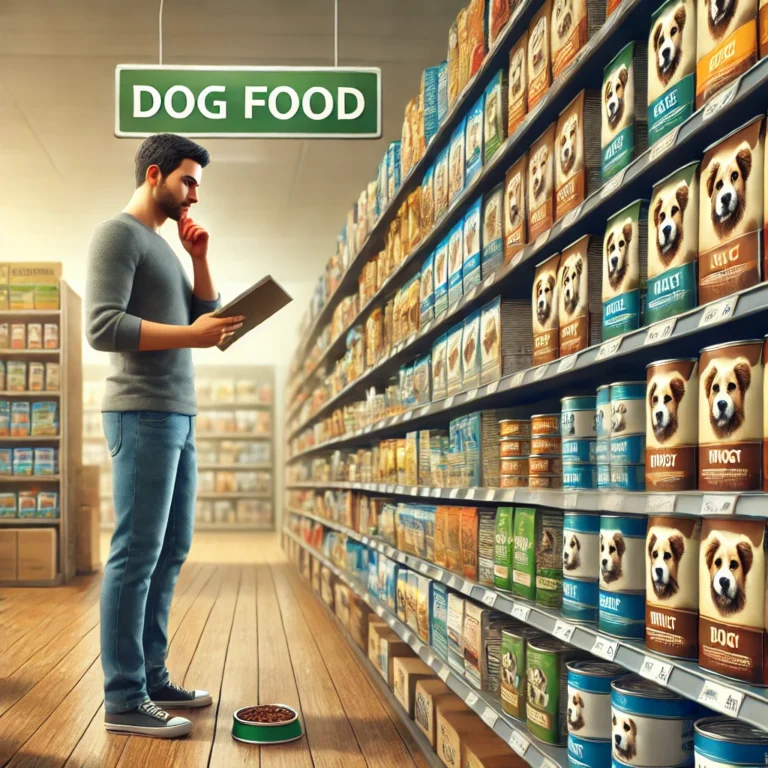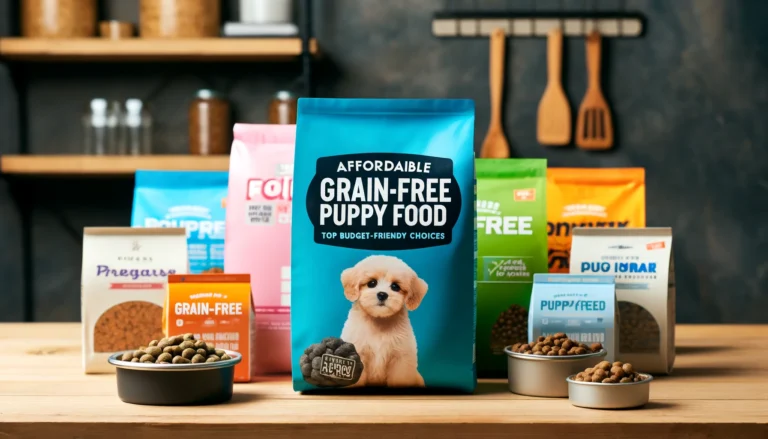Homemade Dog Food Recipes: Healthy and Delicious Meals
Making your own dog food at home can be a fun and rewarding experience. Not only do you get to control what goes into your dog’s meals, but you can also ensure they are getting the best nutrition possible. With the right ingredients and some simple recipes, you can whip up delicious and healthy meals that your furry friend will love.
Why Make Homemade Dog Food?

Benefits of Homemade Dog Food
Making your dog’s food at home has a ton of perks. First off, you get full control over the ingredients. This means you can pick only the best stuff for your furry friend. No more worrying about sketchy fillers or artificial preservatives that you often find in store-bought options. Plus, homemade meals can be tailored to your dog’s specific needs, whether they need a certain protein or have allergies.
Common Misconceptions About Homemade Dog Food
Some folks think making dog food at home is super hard or expensive, but that’s not true. Our homemade dog food recipe is easy to make, super affordable, and way better for your pup than a diet made up of processed kibble! Another myth is that homemade food isn’t balanced. As long as you follow a good recipe, your dog will get all the nutrients they need.
How Homemade Dog Food Can Save You Money
Believe it or not, making your own dog food can actually save you some cash. Store-bought dog food, especially the high-quality stuff, can be pricey. By buying ingredients in bulk and preparing meals at home, you can cut down on costs. Plus, fewer vet visits due to a healthier diet means more savings in the long run.
Homemade dog food recipes are not just healthier but also more economical. You get to ensure your dog eats fresh, quality food without breaking the bank.
And hey, ever wondered, Why do dogs eat grass? Sometimes it’s because they’re missing certain nutrients. With homemade food, you can make sure they’re getting everything they need.
Essential Ingredients for Nutritious Dog Meals

Creating homemade dog food is a great way to ensure your furry friend gets all the nutrients they need. Tailoring your dog’s diet to their specific needs can help with digestion and overall health. Here are some essential ingredients to include in your recipes:
Proteins Your Dog Will Love
Proteins are crucial for your dog’s muscle health and energy. Some excellent sources include:
- Chicken
- Beef
- Fish
- Eggs
- Organ meats like liver and heart
These proteins are not only tasty but also packed with essential amino acids and vitamins. For example, eggs are a great source of very digestible protein, riboflavin, and selenium, making them a healthy protein choice for dogs.
Healthy Carbohydrates for Dogs
Carbohydrates provide energy and help with digestion. Some healthy options are:
- Brown rice
- Sweet potatoes
- Oats
- Quinoa
These carbs are fibrous and low in sugar, making them ideal for maintaining your dog’s energy levels without causing weight gain.
Fruits and Vegetables That Are Safe for Dogs
Fruits and veggies are packed with vitamins, minerals, and antioxidants. Safe options include:
- Carrots
- Blueberries
- Spinach
- Apples (without seeds)
- Pumpkin
These ingredients can boost your dog’s immune system and improve their gut health. Always make sure to avoid toxic foods like grapes and onions.
Remember, every dog is different. It’s essential to consult your vet to ensure your homemade meals meet your dog’s specific nutritional needs. This is especially important for breeds with specific health issues like the Bernese Mountain Dog.
By including these essential ingredients, you can create balanced and nutritious meals that your dog will love. Whether you have a Japanese dog breed or a senior dog, these ingredients will help keep them healthy and happy.
Simple and Tasty Recipes to Try
Ready to whip up some delicious meals for your furry friend? Here are three easy and tasty recipes that your dog will love. Each recipe is packed with nutrients and is super simple to make.
Tips for Transitioning Your Dog to Homemade Food
Gradual Introduction to New Foods
Switching your dog from kibble to homemade food should be done slowly. Start by mixing a small amount of homemade food with their regular kibble. Over a week or two, gradually increase the homemade portion while decreasing the kibble. This helps avoid stomach upset and makes the transition smoother.
Monitoring Your Dog’s Health
Keep a close eye on your dog’s health during the switch. Weigh your dog weekly and note any changes in weight or body condition. If you see any vomiting, diarrhea, or other signs of illness, contact your vet immediately. It’s also a good idea to keep a record of your dog’s health and any changes you notice.
Adjusting Recipes for Picky Eaters
Some dogs can be picky eaters, so you might need to tweak recipes to suit their tastes. If your dog turns up their nose at a new dish, try adding a small amount of their favorite treat or mixing in a bit of their old food. Be patient and make adjustments as needed to find what works best for your pup.
Transitioning to homemade food can be a great way to ensure your dog gets the nutrients they need. Just remember to go slow and keep an eye on their health.
Storing and Serving Homemade Dog Food
Many owners choose to prepare food in bulk and refrigerate or freeze it in pre-portioned containers. This is a great idea to save time and money, but you might want to begin by making smaller quantities so you can see how your dog does on the diet.
Refrigerator
Store dog food in sealed containers in the refrigerator for up to 7 days. Make sure to place it in the coolest part of the refrigerator.
Freezer
Transfer dog food to a freezer-safe bag and store it in the freezer for up to 3 months. Thaw in the refrigerator overnight before serving.
When it comes to serving sizes, it’s important to consider your dog’s weight, age, and activity level. Here’s a simple table to help you out:
| Dog’s Weight | Daily Serving |
|---|---|
| Up to 10 lbs | 1/2 to 3/4 cup |
| 10-20 lbs | 3/4 to 1 1/2 cups |
| 20-50 lbs | 1 1/2 to 2 1/2 cups |
| 50+ lbs | 2 1/2 to 4 cups |
Feed your dog twice a day, once in the morning and once in the evening.
- Don’t overfeed: Stick to the recommended serving sizes to avoid weight gain.
- Avoid harmful foods: Some human foods are toxic to dogs, like chocolate, grapes, and onions.
- Monitor for allergies: Keep an eye on your dog for any signs of food allergies, such as itching or digestive issues.
Always consult your vet before making any major changes to your dog’s diet. They can provide personalized advice based on your dog’s specific needs.
Special Diets and Considerations
Grain-Free Options
If your dog has a sensitive stomach or allergies, grain-free options might be the way to go. These recipes focus on meat and vegetables, avoiding grains like wheat, corn, and rice. It’s important to ensure your dog still gets all the necessary nutrients, so consider adding supplements if needed.
Recipes for Dogs with Allergies
Dogs can be allergic to various ingredients, from chicken to dairy. When making homemade food, you can easily avoid these allergens. Try using alternative proteins like fish or lamb and stick to simple, natural ingredients. Always monitor your dog for any reactions when introducing new foods.
Vet-Approved Recipes
Before making any major changes to your dog’s diet, it’s a good idea to consult with your vet. They can provide you with recipes that are balanced and meet your dog’s specific needs. A nutritionally balanced homemade food can lead to a healthier, happier pet.
Making your dog’s food at home allows you to control exactly what goes into their meals, ensuring they get the best nutrition possible.
Homemade Treats Your Dog Will Beg For
Peanut Butter and Carrot Bites
Your dog will go crazy for these Peanut Butter and Carrot Bites! They’re super easy to make and packed with flavors your dog will love. Just mix some peanut butter, grated carrots, and a bit of flour, then bake until golden brown. These treats are perfect for training sessions and rewarding good behavior.
Sweet Potato Chews
Sweet Potato Chews are a fantastic, healthy snack for your furry friend. Simply slice sweet potatoes into thin rounds and bake them at a low temperature until they’re chewy. These treats are not only delicious but also great for your dog’s teeth. Plus, they’re a wonderful option for dogs that barely shed and those with sensitive stomachs.
Banana and Honey Delights
Banana and Honey Delights are a sweet treat your dog will adore. Mash up a ripe banana, mix in some honey, and add a bit of oat flour. Shape the mixture into small balls and bake until firm. These treats are not only tasty but also provide a quick energy boost for your active pup.
Treats are a great way to use positive reinforcement dog training. Always remember to give them in moderation to keep your dog healthy and happy.
Conclusion
Making homemade dog food can be a fun and rewarding experience. Not only do you get to know exactly what goes into your dog’s meals, but you also get to see the joy on their face when they eat something you’ve made with love. Plus, it’s often healthier and cheaper than store-bought options. So why not give it a try? Your furry friend will thank you with wagging tails and happy barks!
Key Takeaways
Always consult with a vet before making significant changes to your dog’s diet.equently Asked Questions
Homemade dog food allows you to control the quality and type of ingredients your dog eats.
You can save money by making dog food at home compared to buying premium commercial brands.
It’s important to include a balance of proteins, carbohydrates, and vegetables in your dog’s diet.
Gradually introduce homemade food to your dog to avoid digestive issues.
Why should I consider making homemade dog food?
Making homemade dog food lets you control the ingredients, ensuring your dog gets fresh and nutritious meals. It can also help with allergies or specific dietary needs.
Is homemade dog food really cheaper than store-bought?
Yes, making dog food at home can be more cost-effective, especially if you buy ingredients in bulk and use seasonal produce.
What proteins are best for homemade dog food?
Lean meats like chicken, beef, and fish are great protein sources for homemade dog food. Always cook the meat to ensure it’s safe for your dog.
Can I feed my dog only homemade food?
Yes, but it’s important to ensure the homemade diet is balanced. Consulting with a vet can help you create a meal plan that meets all your dog’s nutritional needs.
How do I store homemade dog food?
Store homemade dog food in airtight containers in the refrigerator for up to three days. For longer storage, you can freeze portions and thaw them as needed.
What should I do if my dog is a picky eater?
If your dog is picky, try introducing new foods gradually and mixing them with their favorite ingredients. You can also adjust recipes to better suit their tastes.

